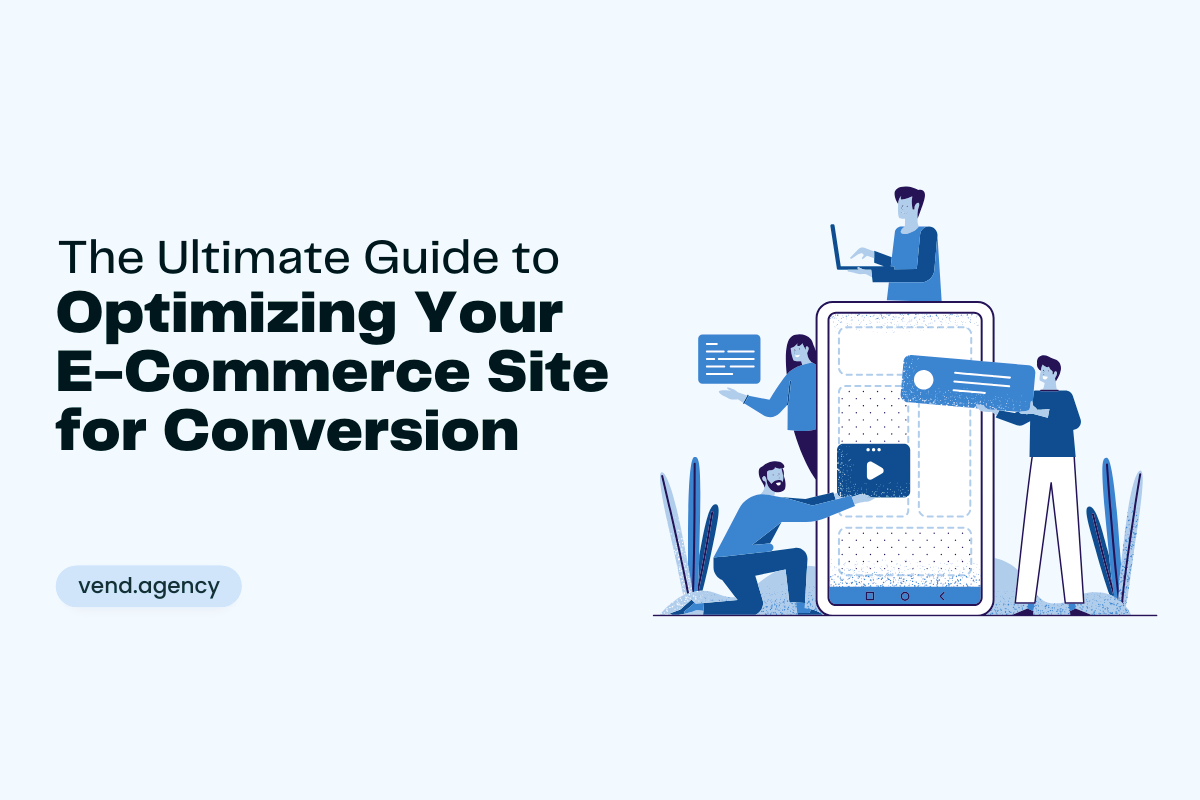
The Ultimate Guide to Optimizing Your E-Commerce Site for Conversion
Having an e-commerce site is just the first step. The real challenge lies in optimizing it to ensure a high conversion rate - turning visitors into buyers. This comprehensive guide provides actionable strategies to enhance your e-commerce site for better conversion, ensuring that traffic to your site doesn't go to waste but translates into sales.
1. Understanding Conversion Optimization
What is Conversion Optimization?
It's the process of making changes to your e-commerce site to increase the percentage of visitors who complete a desired action, such as making a purchase.
Why is it Important?
Optimizing for conversion can lead to higher sales, better customer retention, and an overall increase in the value of your site.
2. User-Friendly Website Design
Ensure your site is easy to navigate. A clear, intuitive menu that guides visitors through your site can significantly impact their likelihood to purchase. With more people shopping on their phones, a mobile-responsive design isn't optional. Ensure your site looks good and functions well on all devices.
3. High-Quality Product Images and Descriptions
Use high-quality, clear images that allow zooming. Consider multiple angles and lifestyle shots to give a comprehensive view of your products. Write detailed, engaging product descriptions. Highlight the benefits and features, and why it's a must-have.
4. Simplify the Checkout Process
Reduce the number of steps to complete a purchase. The more complicated the process, the higher the chance of cart abandonment. Not all customers want to create an account. Offering a guest checkout option can help increase conversions.
5. Trust Signals and Security
Ensure your site has an SSL certificate, indicating it's secure and safe to enter personal information. Displaying customer reviews and testimonials can significantly boost trust and encourage purchases.
6. Clear Calls-to-Action (CTAs)
Make sure your CTAs are prominent and clear. Use contrasting colors and compelling text to grab attention and guide users. Use language that creates a sense of urgency or scarcity (e.g., 'Limited Offer', 'Only a few left') to encourage immediate action.
7. Use of Analytics and A/B Testing
Use tools like Google Analytics to understand where your visitors are dropping off. This data is crucial for knowing where to focus your optimization efforts. Regularly test different versions of your web pages (especially key pages like your homepage and checkout page) to see which elements lead to higher conversions.
8. Loading Speed Optimization
A slow website can kill your conversion rate. Optimize image sizes, leverage browser caching, and reduce server response time to ensure your site loads quickly.
9. Personalization
Use data to provide personalized recommendations and experiences. Showing users products similar to what they've viewed or purchased can lead to higher conversions.
10. Continuous Improvement
Stay updated. Conversion optimization is an ongoing process. Consumer behaviors change, new trends emerge, and your competition evolves. Regularly review and update your site to stay ahead.
Conclusion
Optimizing your e-commerce site for conversion is a multifaceted process involving everything from website design and usability to security and personalization. By implementing these strategies, you're not just improving the likelihood of conversions but also enhancing the overall user experience, which is fundamental to building a loyal customer base and growing your e-commerce business. The goal is to make your site a place where visitors don't just browse, but consistently choose to do business.
A great way to start getting to know your business - just to call. Leave a form, and we will delve into your enterprise challenges and offer the best solutions.
